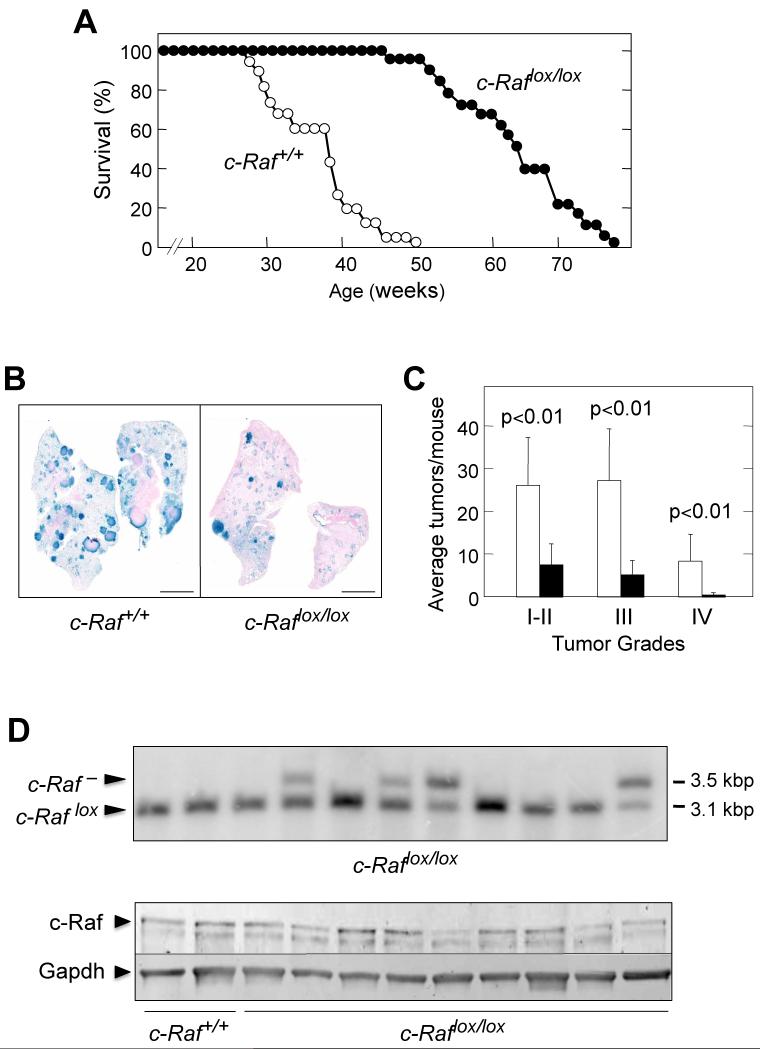Figure 6. c-Raf is essential for K-Ras+/G12V induced NSCLCs in mice.
(A) Survival of K-Ras+/G12V;c-Raf+/+ (n=22) (open circles) and K-Ras+/G12V;c-Raflox/lox (n=23) (solid circles) mice treated with Ad-Cre at 8 weeks of age.
(B) Whole mount X-Gal staining of lung sections collected from mice with the indicated genotypes 6 months after Ad-Cre treatment. β-Geo positive cells identified by X-Gal staining (blue color) correspond to cells expressing K-RasG12V.
Scale bars, 5 mm.
(C) Number of tumors, classified by grade (I-IV), observed in K-Ras+/G12V;c-Raf+/+ (n=8) (open bars) and K-Ras+/G12V;c-Raflox/lox (n=8) (solid bars) mice.
Error bars indicate +/− SD of the mean.
p values were calculated according to Student’s t test.
(D) (Top) Southern blot analysis of DNA isolated from individual tumors obtained from K-Ras+/G12V;c-Raflox/lox mice infected with Ad-Cre particles at 8 weeks of age. Tumor DNAs were digested with PstI. The sizes of the diagnostic DNA fragments for c-Raflox and c-Raf− alleles are indicated.
(Bottom) Western blot analysis of c-Raf expression in lysates obtained from individual tumors collected 8 months after Ad-Cre treatment of K-Ras+/G12V;c-Raf+/+ and K-Ras+/G12V;c-Raflox/lox mice. The presence of c-Raf in tumors of Ad-Cre treated K-Ras+/G12V;c-Raflox/lox mice is due to incomplete cleavage of the c-Raflox allele. These results indicate that c-Raf is essential for tumor development. Gapdh was used as loading control.
Migration of the above proteins is indicated by arrowheads.
See also figure S6.

